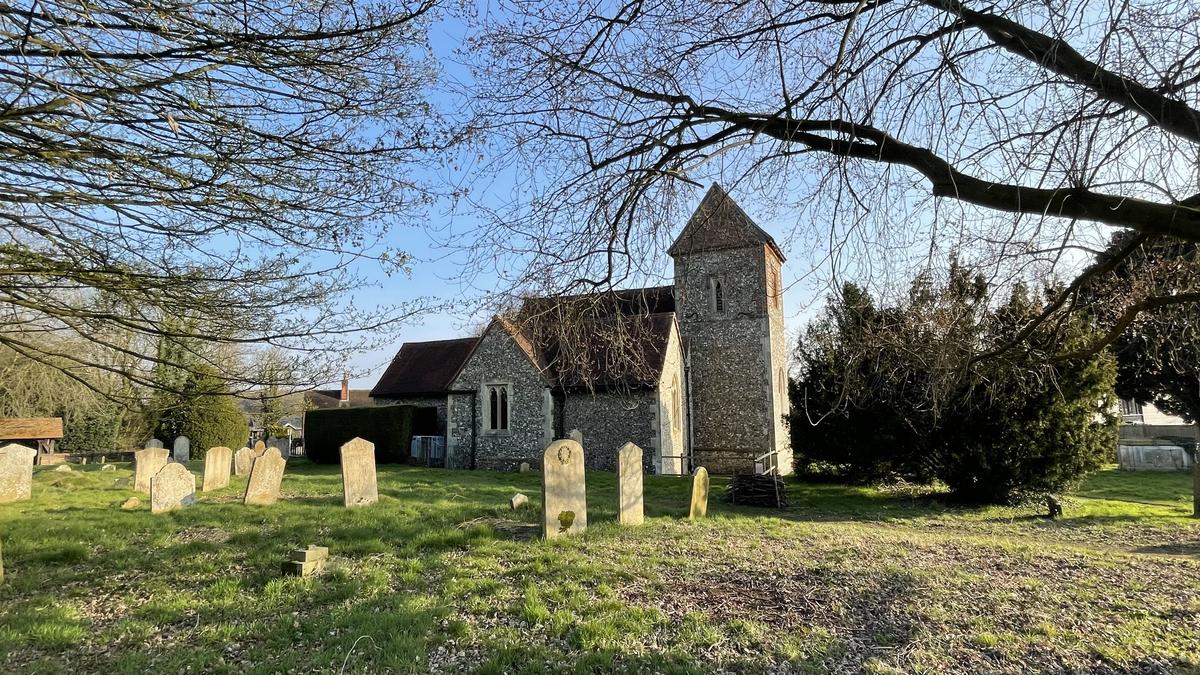
The forgotten tale of Dr Wynne Peyton, one of the first few presidents of the Medical Board of Madras
The Hindu
Dr Wynne Peyton was born in 1764 in Ireland. He made his trip to erstwhile Madras while serving the British Raj. Today, we tell his forgotten story
Branching away from the bustle of London’s Oxford Street, one encounters the Oriental Club at Stratford House, an institution that once served as a gathering place for the men of the East India Company. It remains a silent custodian of their colonial legacy, its walls imbued with the weight of history. Charles Dickens once remarked upon its membership, describing it as “composed of noblemen, MPs, and gentlemen of the first distinction and character”.
Within its grand halls, relics of the empire abound — a ram’s head snuffbox, the detritus of a world defined by conquest, and portraits of popular names who served in the subcontinent. Arthur Wellesley surveys the room with unrelenting resolve. Nearby hangs the likeness of Stringer Lawrence, the architect of British victory over the French at Tiruchi (Trichinopoly) during the Second Carnatic War. William Nott, whose iron will secured Kabul for the British, finds his place among them, alongside Mountstuart Elphinstone, Governor of Bombay, and Eyre Coote, who made his name during the Battle of Vandavasi (Wandiwash). Presiding over them all are two figures whose very names evoke the memory of empire’s ascent — David Ochterlony and Robert Clive. The latter, in particular, needs no introduction.
Among those who once frequented the Oriental Club was Dr Wynne Peyton, a man whose life, like so many of his contemporaries, was bound irrevocably to the East. An Irishman of formidable intellect and ambition, Peyton served in the Indian Medical Service under Governor-General Francis Hastings during the Third Anglo-Maratha War, a conflict that established British dominance over the subcontinent. .
Following his service, Peyton settled in Madras, a city where the tides of empire ebbed and flowed ceaselessly. In 1809, he married Eliza Robertson in the cantonment town of Bellary. To them, two daughters were born — Mary, born in March 1810, and a second child who died the same day she was born in 1811. Nine days later, at the tender age of 21, Eliza herself succumbed, leaving her grieving husband to bury her in the hallowed grounds of St Mary’s Co-Cathedral on Armenian Street. For Peyton, it marked the beginning of a new chapter.
A desire to grant her a British education while he pursued his career in Madras, led him to send his surviving daughter Mary, to England aboard the Lady Castlereagh (a ship launched in 1803) when she was four years old. Peyton himself ascended the ranks of his profession with distinction, eventually attaining the prestigious position of president of the Medical Board of Madras, a role that cemented his legacy in the annals of colonial administration.
By 1826, however, the pull of home had grown too strong. In July of that year, he embarked on his journey westward, boarding the General Palmer — a vessel that, decades later, would be immortalised in infamy when a brutal murder occurred aboard, the victim’s body concealed within a barrel while the murderer absconded to New Zealand. Peyton disembarked in Britain and soon made a fateful decision. He purchased a vast 1,000-acre estate in Carrick-on-Shannon, reclaiming his ancestral ties to Ireland after a lifetime in the service of an empire that had drawn him far from its shores.
Yet, his years in India had forever altered him, and he found himself drawn once more to the orbits of those who shared in his experience.

 Run 3 Space | Play Space Running Game
Run 3 Space | Play Space Running Game Traffic Jam 3D | Online Racing Game
Traffic Jam 3D | Online Racing Game Duck Hunt | Play Old Classic Game
Duck Hunt | Play Old Classic Game











